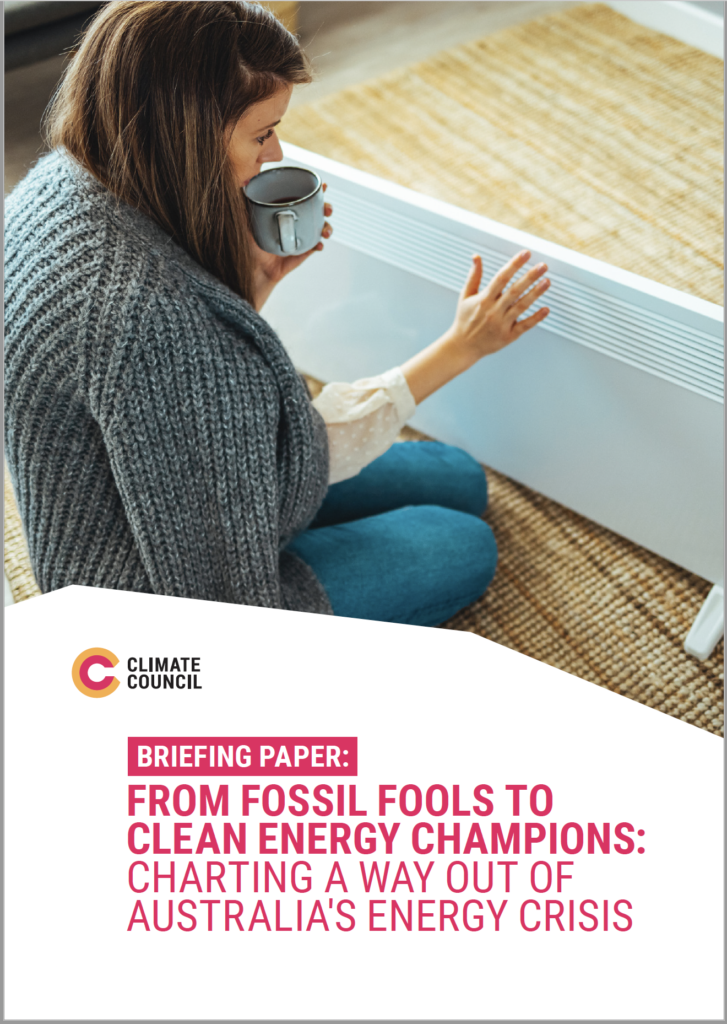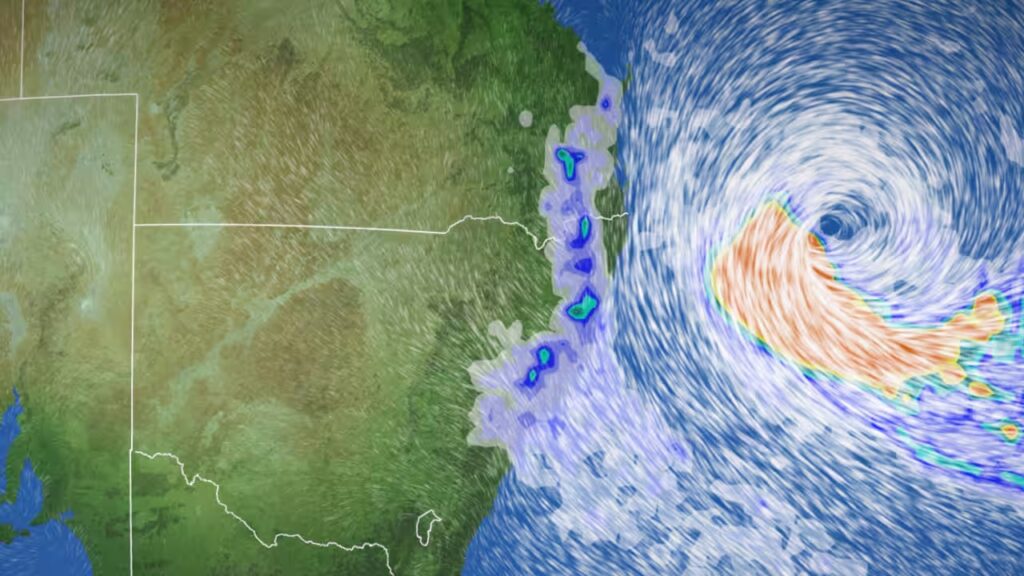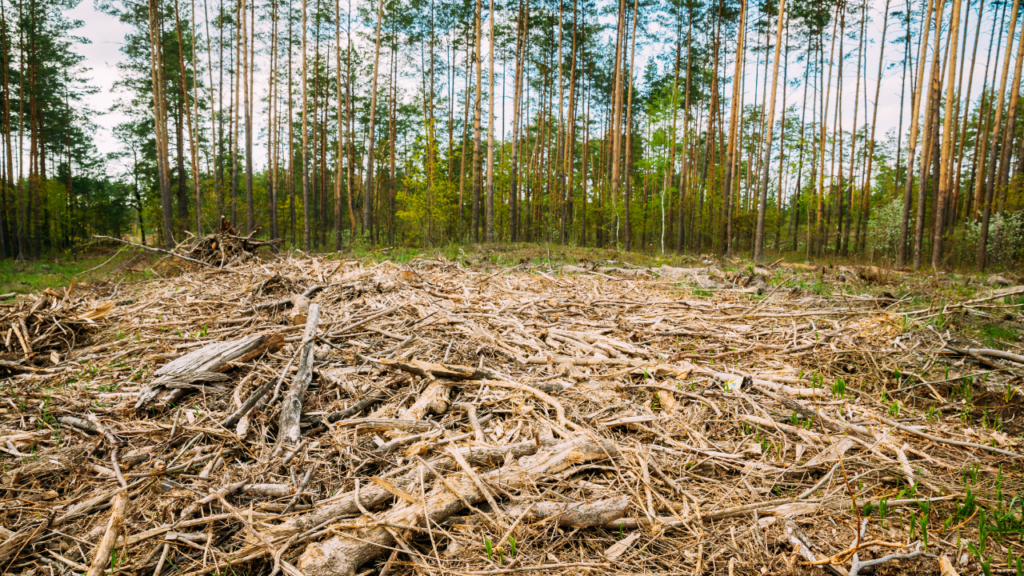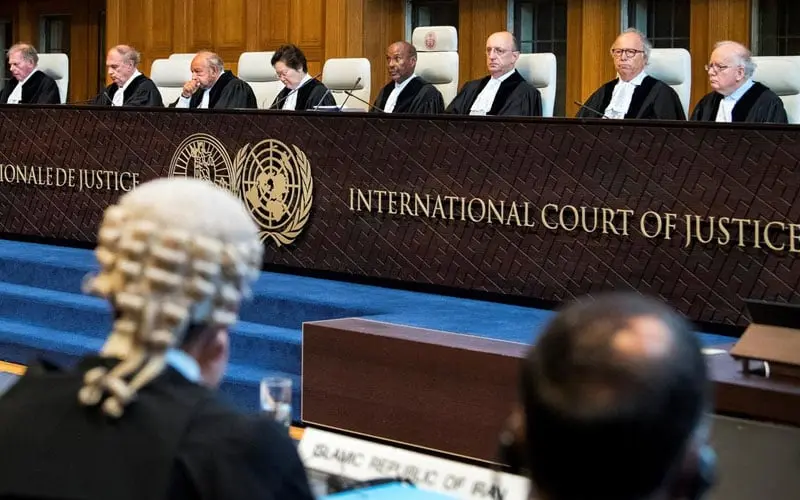As complex as it seems, Australia’s energy crisis is, at its most fundamental level, a failure to move more swiftly beyond fossil fuels, and in particular, it is a result of clinging to the false promise of gas.
The solution is two-fold: Australia must accelerate the transition to a modern energy system powered by renewables and storage; and, we have to prioritise investment in energy efficiency. This includes supporting lower-income households with cost of living pressures.
This briefing paper outlines the key factors behind recent energy price rises and how State and Federal Governments can best respond.
Recommendations for governments
- Prioritise policies and investments that upgrade the energy efficiency and electrification of social, low-income and rental housing to protect residents from power price spikes.
- Future-proof new homes by increasing minimum standards, starting with the move from 6 to 7 Stars for new homes in the National Construction Code. This update should be implemented urgently by states and territories by the end of 2022.
- Phase out gas in new homes and buildings and offer incentives to replace gas appliances in existing homes and buildings.
- Increase incentives and community education on energy efficiency to increase uptake of retrofits that reduce energy demand overall.
- Urgently promote private investment in renewables, storage and the grid – at utility, community and household scale – including direct subsidies to lower socioeconomic and public housing to ensure those that cannot invest are not left behind.
- Identify and remove regulatory barriers to faster renewable energy uptake.
- Promote investment in renewables and storage with a focus on consultation and positive outcomes for the communities impacted by major infrastructure development.
- Fund training programs for the major increase in skilled workers needed to rapidly expand renewable energy and storage developments.
- Revisit transport priorities to reduce reliance on petrol-guzzling cars and allow people to get around more easily using public transport, walking, cycling and electric vehicles.
Gas provides only 8% of electricity generation in Australia, but has an oversized impact on driving up energy prices.











